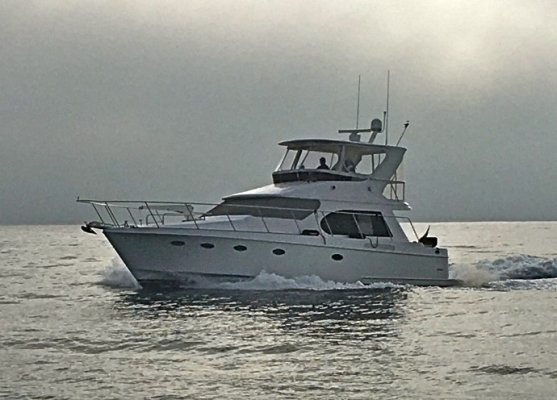South of Heaven
Guru
- Joined
- May 11, 2017
- Messages
- 1,167
- Location
- USA
- Vessel Name
- Slow Lane
- Vessel Make
- 2005 Silverton 35 Motoryacht
Im going crazy trying to decide on several different options for my emergency equipment. I'm in the process of buying a Camano 31.
These are the 2 items I need advice on. I have all the other emergency items covered from my previous boat.
1. Life raft
2. EPIRB or PLB
Im definitely gonna buy a life raft but Im not sure which one. I'll be doing mostly coastal cruising from Boston to New York. I would like the smallest one available since my boat is small and space will be at a premium. This will be in addition to my dinghy, thats why i want something small.
EPIRB vs PLB--- Im leaning towards the EPIRB because i like the fact that they will send a signal automatically if submerged. The PLBs are still a manual device right? What are most using??
This is the site that Im shopping from. They are local to me. I may go to factory actually.
https://www.lrse.com/collections/epirbs-plbs
These are the 2 items I need advice on. I have all the other emergency items covered from my previous boat.
1. Life raft
2. EPIRB or PLB
Im definitely gonna buy a life raft but Im not sure which one. I'll be doing mostly coastal cruising from Boston to New York. I would like the smallest one available since my boat is small and space will be at a premium. This will be in addition to my dinghy, thats why i want something small.
EPIRB vs PLB--- Im leaning towards the EPIRB because i like the fact that they will send a signal automatically if submerged. The PLBs are still a manual device right? What are most using??
This is the site that Im shopping from. They are local to me. I may go to factory actually.
https://www.lrse.com/collections/epirbs-plbs

